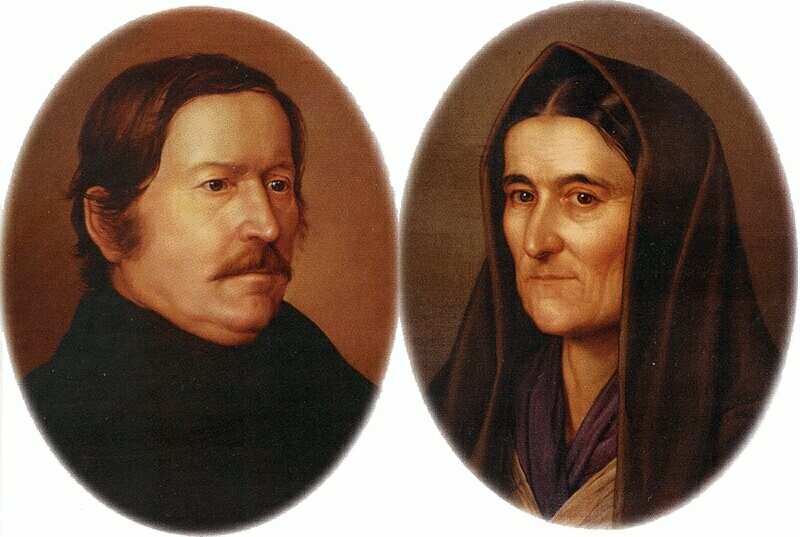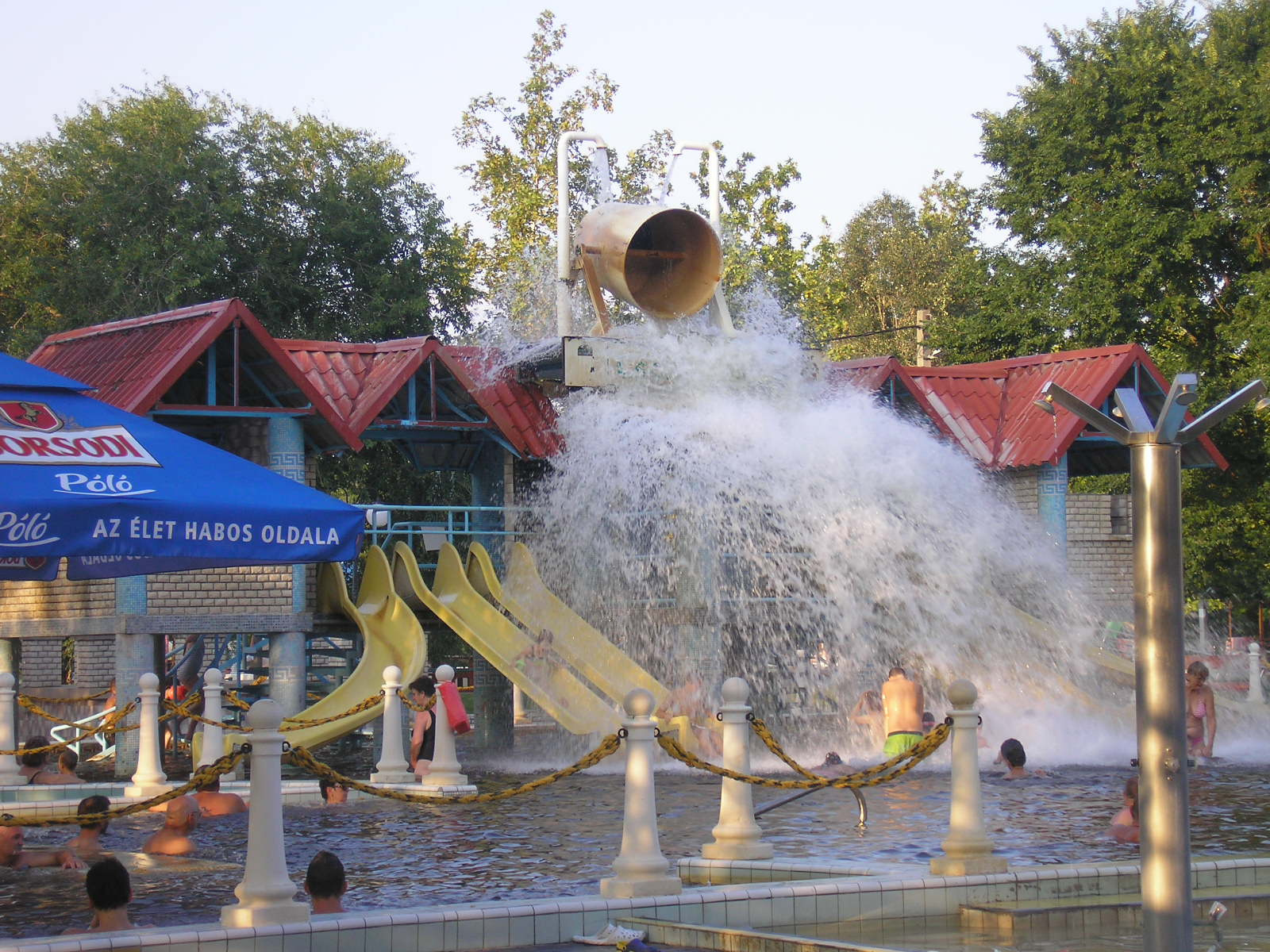|
Alföld
The Great Hungarian Plain (also known as Alföld or Great Alföld, hu, Alföld or ) is a plain occupying the majority of the modern territory of Hungary. It is the largest part of the wider Pannonian Plain. (However, the Great Hungarian plain was not part of the ancient Roman province Pannonia). Its territory significantly shrank due to its eastern and southern boundaries being rewritten by the new political borders created after World War I when the Treaty of Trianon was signed in 1920. Boundaries Its boundaries are the Carpathians in the north and east, the Transdanubian Mountains and the Dinaric Alps in the southwest, and approximately the Sava river in the south. Geography Plain in Hungary Its territory covers approximately of Hungary, approximately 56% of its total area of . The highest point of the plain is Hoportyó (); the lowest point is the Tisza River. The terrain ranges from flat to rolling plains. The most important Hungarian writers inspired by and as ... [...More Info...] [...Related Items...] OR: [Wikipedia] [Google] [Baidu] |
Pannonia
Pannonia (, ) was a province of the Roman Empire bounded on the north and east by the Danube, coterminous westward with Noricum and upper Italy, and southward with Dalmatia and upper Moesia. Pannonia was located in the territory that is now western Hungary, western Slovakia, eastern Austria, northern Croatia, north-western Serbia, northern Slovenia, and northern Bosnia and Herzegovina. Name Julius Pokorny believed the name ''Pannonia'' is derived from Illyrian, from the Proto-Indo-European root ''*pen-'', "swamp, water, wet" (cf. English ''fen'', "marsh"; Hindi ''pani'', "water"). Pliny the Elder, in '' Natural History'', places the eastern regions of the Hercynium jugum, the "Hercynian mountain chain", in Pannonia and Dacia (now Romania). He also gives us some dramaticised description of its composition, in which the proximity of the forest trees causes competitive struggle among them (''inter se rixantes''). He mentions its gigantic oaks. But even he—if the passage in ... [...More Info...] [...Related Items...] OR: [Wikipedia] [Google] [Baidu] |
Sándor Petőfi
Sándor Petőfi ( []; né Petrovics; sk, Alexander Petrovič; sr, Александар Петровић; 1 January 1823 – most likely 31 July 1849) was a Hungarian poet of Serbian origin and liberal revolutionary. He is considered Hungary's national poet, and was one of the key figures of the Hungarian Revolution of 1848. He is the author of the ''Nemzeti dal'' (National Song), which is said to have inspired the revolution in the Kingdom of Hungary that grew into a war for independence from the Austrian Empire. It is most likely that he died in the Battle of Segesvár, one of the last battles of the war. Early life Petőfi was born on the New Year's morning of 1823, in the town of Kiskőrös, Kingdom of Hungary. The population of Kiskőrös was predominantly of Slovak origin as a consequence of the Habsburgs' reconstruction policy designed to settle, where possible, non-Hungarians in areas devastated during the Turkish wars. His birth certificate, in Latin, gives his name as ... [...More Info...] [...Related Items...] OR: [Wikipedia] [Google] [Baidu] |
Hungary
Hungary ( hu, Magyarország ) is a landlocked country in Central Europe. Spanning of the Carpathian Basin, it is bordered by Slovakia to the north, Ukraine to the northeast, Romania to the east and southeast, Serbia to the south, Croatia and Slovenia to the southwest, and Austria to the west. Hungary has a population of nearly 9 million, mostly ethnic Hungarians and a significant Romani minority. Hungarian, the official language, is the world's most widely spoken Uralic language and among the few non-Indo-European languages widely spoken in Europe. Budapest is the country's capital and largest city; other major urban areas include Debrecen, Szeged, Miskolc, Pécs, and Győr. The territory of present-day Hungary has for centuries been a crossroads for various peoples, including Celts, Romans, Germanic tribes, Huns, West Slavs and the Avars. The foundation of the Hungarian state was established in the late 9th century AD with the conquest of the Carpathian Basin by Hungar ... [...More Info...] [...Related Items...] OR: [Wikipedia] [Google] [Baidu] |
Debrecen
Debrecen ( , is Hungary's second-largest city, after Budapest, the regional centre of the Northern Great Plain region and the seat of Hajdú-Bihar County. A city with county rights, it was the largest Hungarian city in the 18th century and it is one of the Hungarian people's most important cultural centres.Antal Papp: Magyarország (Hungary), Panoráma, Budapest, 1982, , p. 860, pp. 463-477 Debrecen was also the capital city of Hungary during the revolution in 1848–1849. During the revolution, the dethronement of the Habsburg dynasty was declared in the Reformed Great Church. The city also served as the capital of Hungary by the end of World War II in 1944–1945. It is home of the University of Debrecen. Etymology The city is first documented in 1235, as ''Debrezun''. The name derives from the Turkic word , which means 'live' or 'move' and is also a male given name. Another theory says the name is of Slavic origin and means 'well-esteemed', from Slavic Dьbricinъ or ... [...More Info...] [...Related Items...] OR: [Wikipedia] [Google] [Baidu] |
Orosháza
Orosháza is a city situated in the westernmost part of Békés county, Hungary, on the Békés ridge bordered by the rivers Maros and Körös. Orosháza is an important cultural, educational and recreational centre of the region. Main sights The city's main attractions are the Orosháza-Gyopárosfürdő spa complex, the Szántó Kovács János Museum, the Darvas József Literary Memorial House, and the Town Art Gallery. The only museum in the country devoted to water wells is found in Orosháza. At the Rágyánszky Arboretum, more than 2000 plant species in 6000 varieties can be seen. The Lutheran church, was built between 1777 and 1830 in late Baroque style. It is located in the centre of the town. The bell carried by the first settlers, who migrated from Zomba, is kept in front of the altar of the church. A number of cultural and entertaining programmes are organised in the town every year. Notable residents * The cantor Marcel Lorand was born in the city in 1912. ... [...More Info...] [...Related Items...] OR: [Wikipedia] [Google] [Baidu] |
Hajdúszoboszló
Hajdúszoboszló () is a town in Hajdú-Bihar county, Hungary, southwest of county seat Debrecen. It is the third largest town in Hajdú-Bihar county. Etymology The name comes from a Slavic personal name Soběslav (see e.g. Soběslav, Soběslavice, Sebeslavce). Location The town is located in the northeastern part of the Great Hungarian Plain. Three regions meet near the town: the Hajdúhát ridge to the north-north-east, the Hortobágy National Park (Puszta) to the north-north-west, and the Great Sárrét and Berettyó region to the south. Szoboszló lies at an altitude of scarcely above sea level and slopes slightly towards Hortobágy. This is a landscape "where earth and sky meet", but not a monotonous plain, even for travellers accustomed to romantic mountains, since here and there the landscape is enlivened by the backwaters of the Tisza River with patches of reed, thousands of wild fowl, and inviting groves. The surroundings are the renowned puszta, the "glorious pla ... [...More Info...] [...Related Items...] OR: [Wikipedia] [Google] [Baidu] |
Gyula, Hungary
Gyula (; german: Jula; ro, Jula or ) is a town in Békés County, Hungary. The town is best known for its Medieval castle and a thermal bath. Ferenc Erkel, the composer of the Hungarian national anthem, and Albrecht Dürer the Elder, the father of Albrecht Dürer, were also born in Gyula. Geography Gyula is located in the Great Hungarian Plain on the River Crișul Alb, Fehér-Körös, southeast from Budapest and from the border with Romania. The Békéscsaba-Gyula-Kötegyán railway line and Highway 44 also cross the town. Highway 44 is a four-lane Limited-access road, expressway between Gyula and the county seat Békéscsaba.Magyarország autóatlasz, Dimap-Szarvas, Budapest, 2004, Name Gyula is named after the medieval Hungarian warlord Gyula III.Antal Papp: Magyarország (Hungary), Panoráma, Budapest, 1982, , p. 860, pp. 453-456 Gyula (title), Gyula was also a title among the Hungarian tribes and still a popular Gyula (name), given name for boys. In Turkish, the town ... [...More Info...] [...Related Items...] OR: [Wikipedia] [Google] [Baidu] |
Cserkeszőlő
Cserkeszőlő is a village in Jász-Nagykun-Szolnok county, in the Northern Great Plain region of central Hungary. Cserkeszőlő is a dynamically developing bath resort in Jász-Nagykun-Szolnok county, in the south part of Northern Great Plains Region. The village lies in the Tiszazug microregion, in the natural environment bordered by the rivers Körös and Tisza. The township is easy to reach from any point of the country. From Budapest, Highway M5, then from Kecskemét Main Road 44 lead to the village. Developing the bath has been the main strategy of the township for decades. As a result, the spa became well-known not only nationwide but internationally too. Geography It covers an area of and has a population Population typically refers to the number of people in a single area, whether it be a city or town, region, country, continent, or the world. Governments typically quantify the size of the resident population within their jurisdiction using a ... of 2,260 peopl ... [...More Info...] [...Related Items...] OR: [Wikipedia] [Google] [Baidu] |
Berekfürdő
Berekfürdő is a village in Jász-Nagykun-Szolnok county, in the Northern Great Plain region of central Hungary. Geography It covers an area of . Population It has a population of 1010 people (2015). References External links Official sitein Hungarian, English and German Berekfürdő at funiq.hu Populated places in Jász-Nagykun-Szolnok County Spa towns in Hungary {{Jasz-geo-stub ... [...More Info...] [...Related Items...] OR: [Wikipedia] [Google] [Baidu] |
Frigyes Korányi (physician)
Baron Frigyes Korányi de Tolcsva (''Kornfeld''; Nagykálló, 20 December 1828 – Budapest, 13 May 1913) was a Hungarian physician specializing in internal medicine, especially pulmonary medicine. The Korányi's sign is named after him. He was the father of Frigyes Korányi, Jr., a Hungarian politician and Minister of Finance, and of the physician Sándor Korányi. The family was originally named Kornfeldt and was Jewish, but in connection and actively participating in, the nationalistic Hungarian Revolution of 1848, the whole family changed name to Korányi and converted to Roman Catholicism The Catholic Church, also known as the Roman Catholic Church, is the List of Christian denominations by number of members, largest Christian church, with 1.3 billion baptized Catholics Catholic Church by country, worldwide . It is am .... References External linksBiography [...More Info...] [...Related Items...] OR: [Wikipedia] [Google] [Baidu] |
Gábor Kátai , a medal of Royal Society awarded to biologists
{{DEFAULTSORT:Gabor ...
Gábor (sometimes written Gabor) may refer to: * Gábor (given name) * Gabor (surname) * Gabor sisters, the three famous actresses, Eva, Magda and Zsa Zsa * Several scientific terms named after Dennis Gabor ** Gabor atom ** Gabor filter, a linear filter used in image processing ** Gabor transform ** Gabor Medal The Gabor Medal is one of the medals awarded by the Royal Society for "acknowledged distinction of interdisciplinary work between the life sciences with other disciplines". The medal was created in 1989 to honor the memory of physicist Denni ... [...More Info...] [...Related Items...] OR: [Wikipedia] [Google] [Baidu] |






